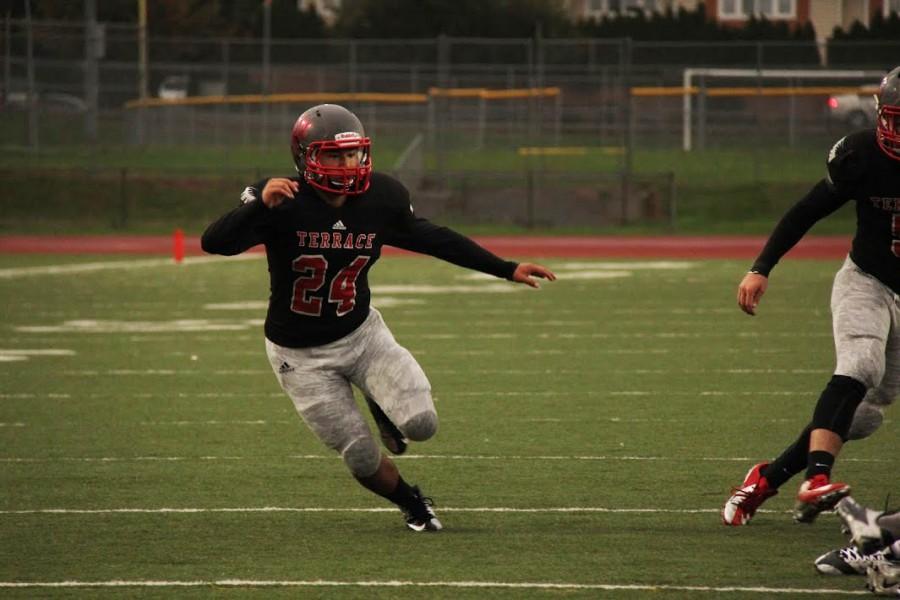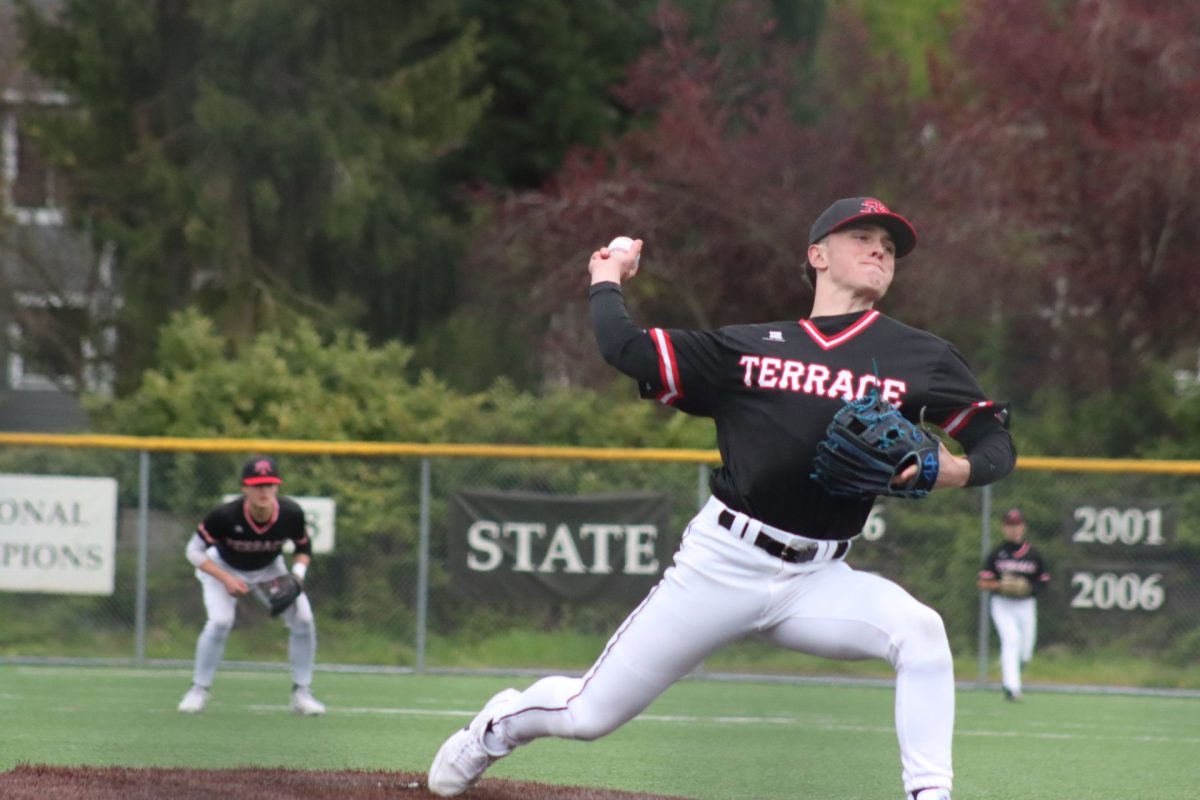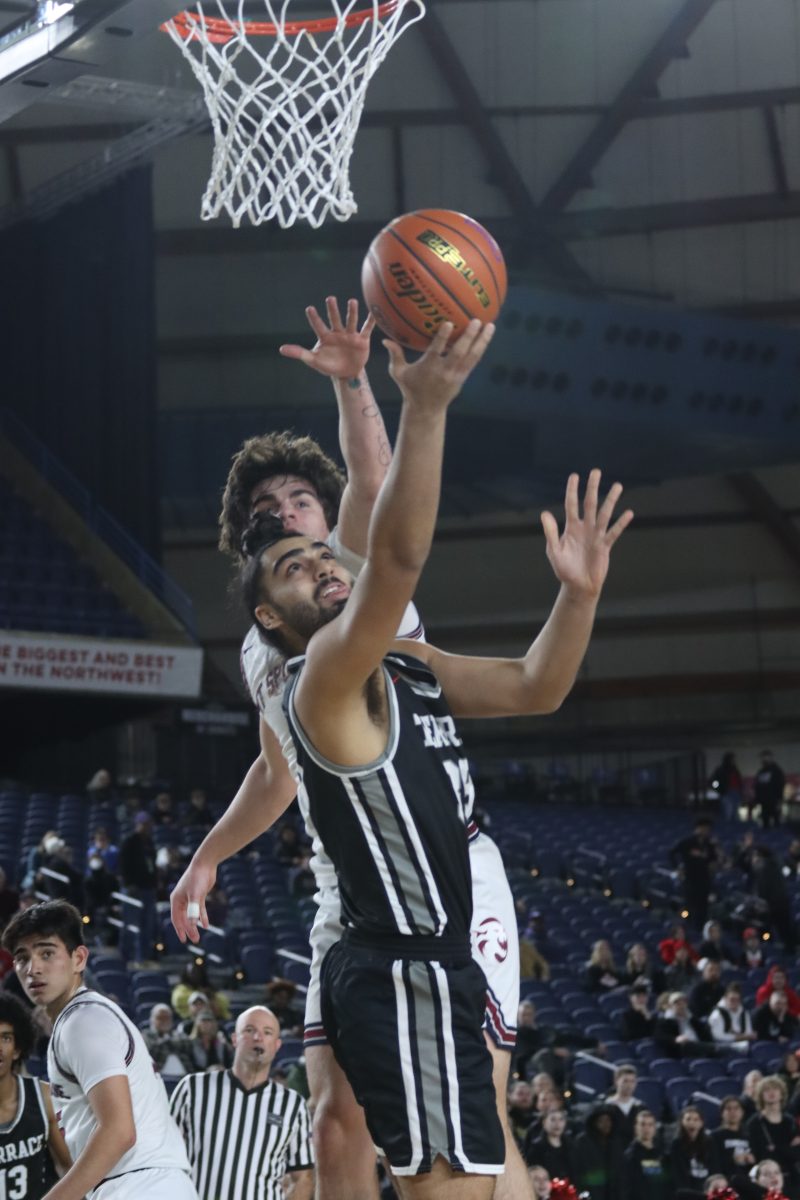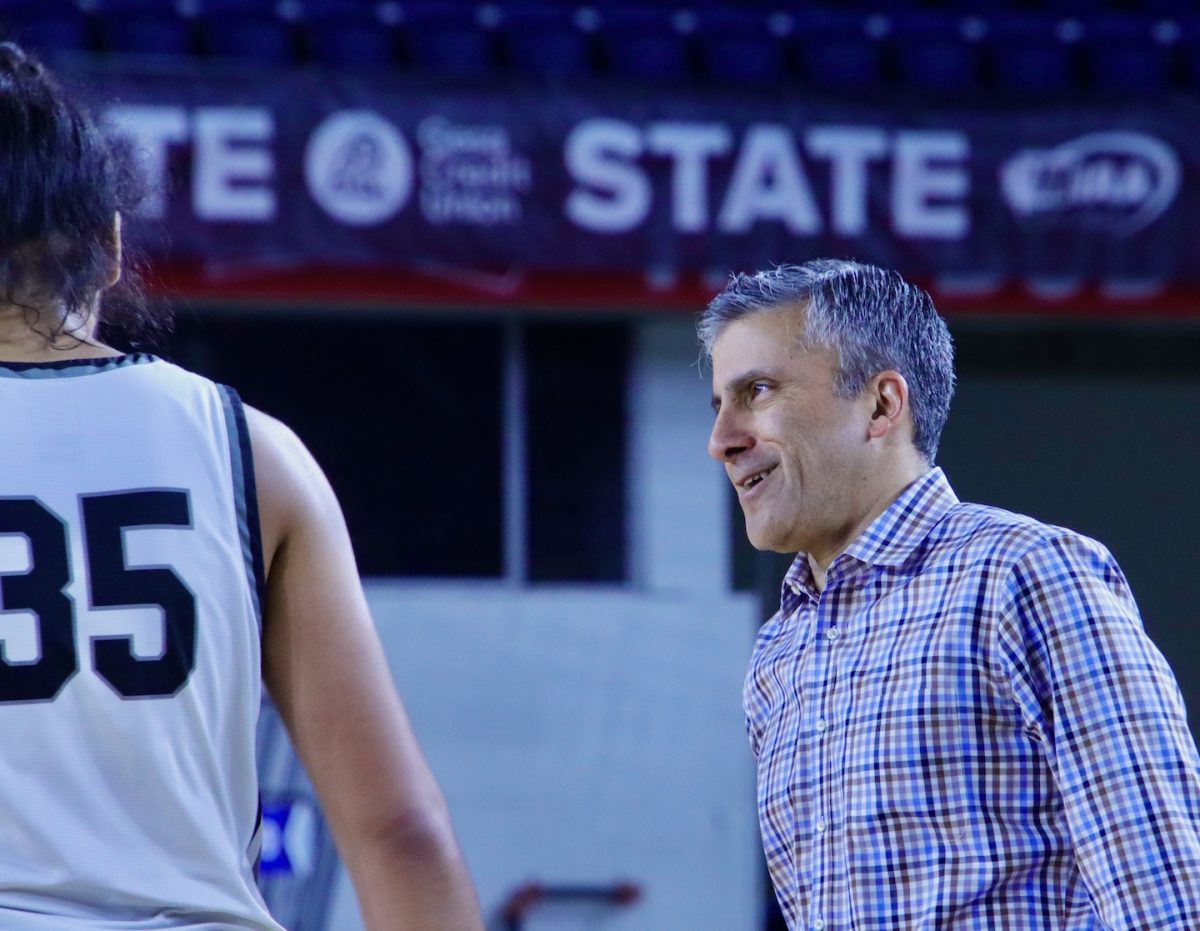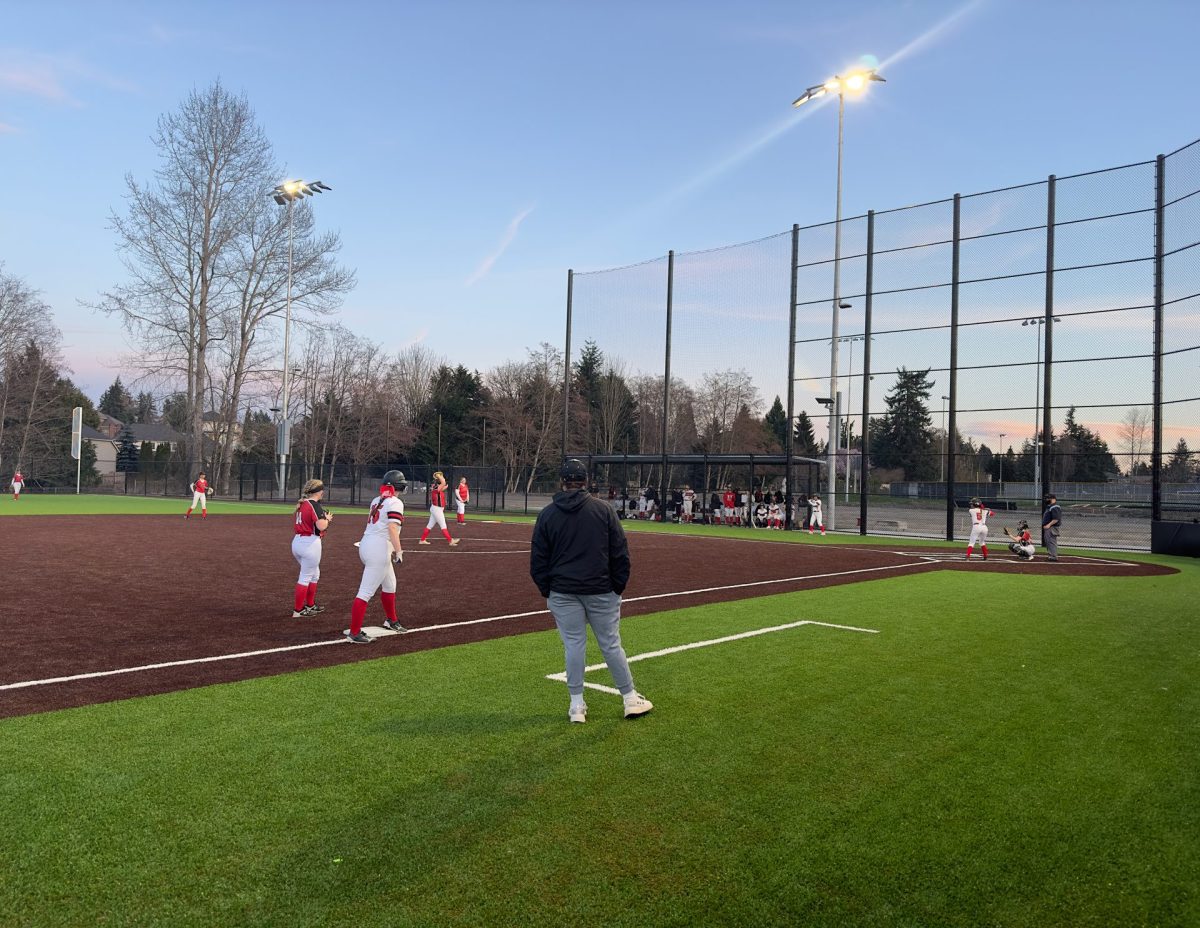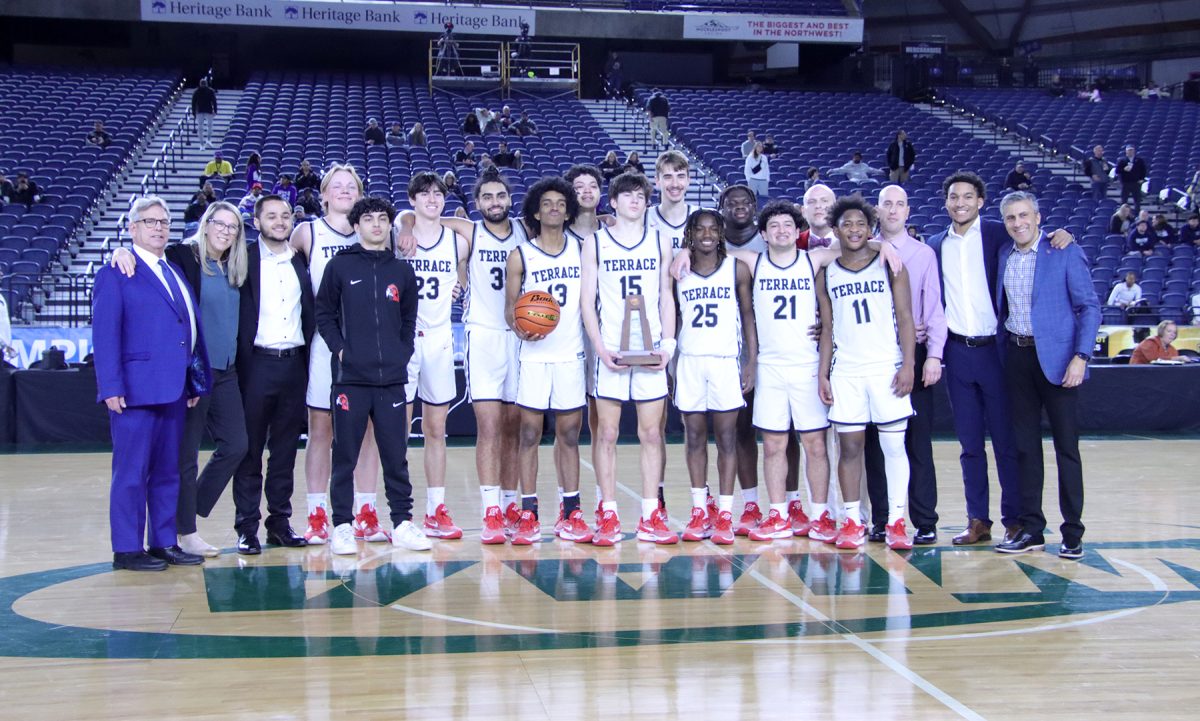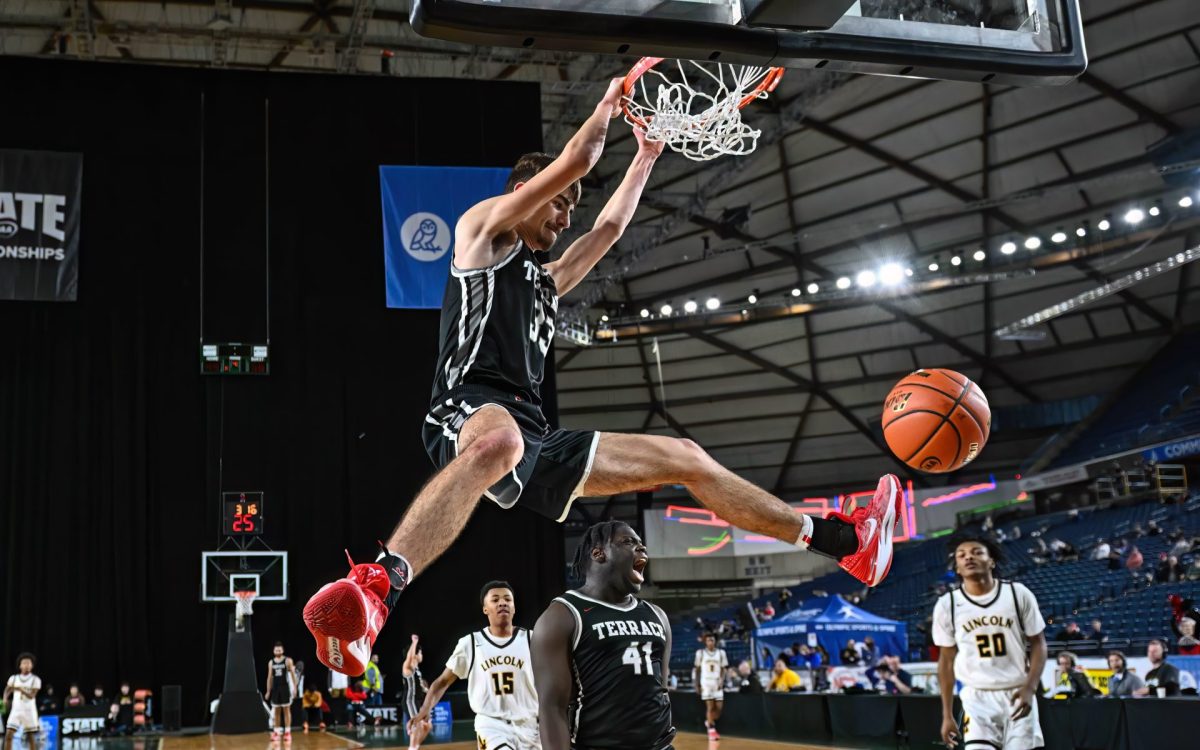For injured athletes, the difficult road to recovery all goes back to a single moment: the endless rush of doubts, the uncertainty, and the negativity. And from that moment, they are forced to take the first step to a journey filled with hardships.
It was Feb. 10, 2012, current volleyball co-captain Alisha Clingan’s sophomore year. She described that moment.
“I couldn’t move my leg and I was breathing uncontrollably. I just couldn’t control my body,” Clingan said.
Star women’s basketball player Samantha Romanowski’s senior season was put in jeopardy on July 7, 2014.
“From my knee to my foot, it went left, and from my knee up, it went right, and my leg popped.”
Carlitos Bravo had longed for his senior year of football, a dream that was just about derailed in the summer of 2014.
“Right when it happened, all I heard was a pop,” Bravo said. “I thought I just dislocated my shoulder, but when I went down I held my arm close to my stomach and didn’t move it at all. All I wanted was to stop this pain.”
Kim Stewart, more commonly known by students as “Stew,” was a basketball phenom when he was in high school. He went on to play college basketball and it looked as if he was poised to move on to the NBA and possibly have a long, illustrious career.
“Everything just went ‘pop’. It was like if you took a grapefruit and threw it against the wall.”
The idea of getting an injury is daunting to athletes, especially to students, whose season or entire career can be ended by a debilitating injury. For Clingan, Romanowski, Bravo and Stewart, this fear became a reality. Each of them had to find a way to recover – both physically and mentally – from the unimaginable roadblock in their athletic careers with their heads held high.
The injuries that changed everything
ACL injuries are fairly common in sports. On average, there are 150,000 ACL injuries in the U.S. each year.
Clingan, Romanowski and Stewart were three of those 150,000.
When she was injured, Clingan was playing in a volleyball tournament. She vividly remembers the exact moment of her injury.
“The setter gave me a tight set. I went up to tip it and landed on my left foot only,” Clingan said.
This was a normal occurrence for Clingan – except for the fact that the setter on the other side of the net also had her foot there. She landed on her knee and it immediately hyperextended.
“I thought I just hyperextended it and so in my head, I was like “get up, you can play,” Clingan said. “The more that I couldn’t get up, I realized that it was worse.”
When Clingan went and got an MRI she was diagnosed with a torn ACL, strained MCL, two bone contusions and damaged cartilage.
Romanowski also acquired her ACL injury during a tournament.
Her performance on the Hawks’ basketball team earned her recognition from college scouts. She committed to University of Denver after they offered her a full-ride scholarship.
Her team was competing in a championship game at the Oregon EOT tournament.
“We were already up by 25, and I was on a fastbreak. As I jumped in the air to do my layup, the girl [guarding me] pushed me. When I landed, she landed on top of me so my leg slipped out from underneath me,” Romanowski said.
“Right then, I had a million thoughts flowing in my head,” Romanowski said, “Most of it was am I going to be back for basketball season, and the other part of it was if I would have my scholarship still.”
After the initial injury, Romanowski’s trainer, who is a trainer at Washington State University, took her aside and did a few tests on her to confirm what the injury was. After these tests, he told her it was probably a torn ACL.
She went to the hospital and got an MRI. Romanowski was officially diagnosed with a torn ACL and a minorly torn meniscus. Despite her injury, University of Denver agreed to keep her full-ride.
Stewart had been playing college basketball for the University of Washington when he injured himself during a game.
“There were three minutes left to go in the first half, and my post started to shoot so I hooked my guy,” Stewart said, “but I didn’t realized he had faked the shot, and he went and drove, but then he tripped and his man tripped into my man, and all three of them landed right on [my leg].”
Stewart was diagnosed with a torn ACL and a torn MCL.
Even with the injury as gruesome as it was, Stewart was not ready to accept the reality of it at the time.
“I remember being in the locker room, and just yelling at my trainer to just put a brace on [my leg] and let me get back out there,” Stewart said, “He was trying to be calm, but I kept screaming at him saying things like there’s no way I’m ending my career like this.”
Bravo’s injury, however, had nothing to do with his ACL. Bravo fractured his right clavicle, more commonly known as the collarbone.
According to the American Academy of Family Physicians, clavicle fractures make up five to 10 percent of all fractures. They occur when the arm is hit with considerable force, making sports a fairly common way to get them.
Bravo was practicing over the summer when he fractured his.
“My teammate and I only hit shoulders.” Bravo said, “He was supposed to tackle me. I went low, he went low. We hit shoulders, but he didn’t bring me down so we had to do it again. The second time, it just broke.”
However, Bravo’s wasn’t just a normal fracture. At the emergency room, the doctor told him he needed to see a specialist because it fractured more than normal.
No matter the differences in their injuries, each of them had to prepare for a long journey of healing.
The long and difficult road to recovery
After the athletes understood the harsh reality of their conditions, it was time to work toward recovery.
Even before she had surgery, Clingan had to put herself through rehab.
“I had rehab before I could even get the surgery, due to all the muscle on my left leg being gone because I didn’t use my leg,” Clingan said. “For a month I was on crutches, and I had no mobility in my leg. I couldn’t move it, I couldn’t bend it, or straighten it.”
She had surgery two months after the initial injury, on April 26. After surgery came another grueling session of rehab. She first had to relearn how to walk before finally having to endure several sessions of physical therapy.
“Once I got to be able to be do things like walking, I still had to do a lot of physical therapy like do leg presses and strengthening my leg, and getting it more flexible.” Clingan said.
According to Clingan, she had to train her legs with things like cutting and running.
Throughout all the stages of recovery that Clingan had to endure, she was able to keep her head up and persevere.
Romanowski’s experience isn’t just going to keep her off the court temporarily. Her doctor explained to her how there could be several long term repercussions.
“My doctor was telling me about how since they took my Patella tendon to put in place of the ACL, it might affect my jumping, and I’ll probably have tendonitis for the rest of my life,” Romanowski said.
Romanowski also had to go to rehab before her surgery in order to get her range of motion back.
“After surgery, it’s also getting my range of motion back, but also getting my quad built up because after surgery, it shrivels up and now there’s like nothing left,” Romanowski said.
She was told by her doctor that it would take anywhere from 9-12 months for a full recovery.
Stewart would go on to have surgery on his knee and wear a cast that would cover from his backside to over the top of his toes. Instead of repairing the knee, the doctor decided to instead reattach it. He was told then by his doctor that if he just kept working out his hamstring, he should be fine.
“After about 12 weeks, I tried to go play but I kept fearing playing with my knee, until I started to force myself to play to get back into it,” Stewart said.
It was no easy task.
Unlike the previous injuries, Bravo had to undergo a different type of rehab. One that required much less movement.
“[After surgery], I did nothing.” Bravo said, “Basically the doctor told me to just rest, and to not use my arm.”
For an injury like this, it typically takes about three months to recover, but Bravo was able to recover a bit faster than the average time it takes.
Looking back on the life-altering injuries
During recovery, Clingan and Romanowski both said they focused on getting back in the game.
“The whole time while I was in rehab, I was just thinking of how sweet that feeling is going to be, playing that first game after coming back,” Clingan said. “After all this pain, and after all this hard work and dedication, I thought about how it was finally going to pay off.”
Romanowski is still constantly working hard to recover. She’s been working herself on the bicycle when she couldn’t jog, she’s had to keep a brace on when she isn’t working herself out, and movements like jogging and running have become the most complicated activities due to this setback.
“I just want to help my team out, and hopefully make it into the NCAA tournament.” Romanowski said. “The goal for myself is to just get 100 percent, and to not be scared to use this knee. I just want to be able to play.”
Stewart was concerned about the future of his basketball career.
“When I got hurt, I wanted to prove to the pros that I was still able to play. Stewart said, “I wanted to prove to people that I was still the same player. I needed to show everybody.”
Stewart would go on to be drafted by the Lakers in 1978 in the sixth round with the 126th pick. He was drafted in the same year as NBA Legend Larry Bird, Maurice Cheeks, and fellow Laker Michael Cooper.
“When I got drafted, there was just something missing,” Stewart said.
After being cut from the Lakers, Stewart would go overseas and play a year in Europe, before coming back and trying out for NBA teams again.
“My agent set up try outs with four or five teams such as Utah, but that little light bulb in my head just told me that it’s time to just move on with my life,” Stewart said.
From then on, Kim Stewart’s basketball career was over, but because of that, a new door opened up for him.
Getting back to the game: life after the injury
During his senior season, Bravo aims at doing what he’s done since the very beginning; have fun playing the sport he loves.
“My goal for the team is to win our first playoff game,” Bravo said.
It seems like with every negative there’s a positive, as the Terrace Hawks seemed poised to do exactly what Bravo wanted, and that’s make the playoffs. Better yet, they seem poised to win their first playoff game.
Clingan made a full recovery about a year and a half after the surgery. Now that she’s back on the volleyball court, she says that she might be a bit more cautious about using her left leg but overall won’t let that hold her back from performing the best that she can or from being a leader on the team.
Being ineligible to play as a senior on the Terrace Hawk’s basketball team is another long term repercussion, but Romanowski is thinking about what comes after high school, when she plays Division-1 college basketball.
Stewart went on to coach players like Lorenzo Romar at the University of Washington before going on to teach at Ballard, Ingraham, Lynnwood and eventually Mountlake Terrace. Stewart has been the athletic director and activities coordinator for the past 21 years.
Even with his dream of playing in the NBA derailed, Stewart was still able to pave a way to do something that he loved.
No, sports injuries don’t heal quickly. Sometimes, people are never able to make a full recovery. But each of these athletes have proved that an athlete can achieve success following a seemingly devastating injury.

